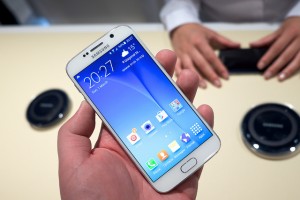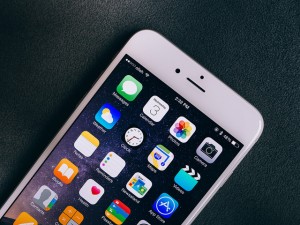Over the past 7 years the way consumers shop has dramatically changed.
With the introduction of the smart phone, consumers found they had a wealth of information right at their fingertips, which opened up a whole new era of retail. Retail shopping is not longer a distinctly different activity from online shopping as customers are now able to integrate the benefits of online shopping into their retail shopping experiences.
Consumers shop with their smart phones in their hands while in the store. Utilizing their devices to compare prices and read reviews on products they are interested in. Mobile devices are also used to look for coupons and deals.
Savvy businesses have followed this trend and are providing consumers with the tools they want in their mobile applications. Understanding the needs of your consumer is crucial before beginning a mobile app development project. These needs should be communicated to your iPhone application developer or Android application developer.
In a study created by SessionM, it was shown that when shopping for everyday items, 65 percent of consumers used their smart phones during shopping to search for coupons, compare prices or to access a shopping list.
Clearly with numbers this high, applications built for businesses that have retails outlets should consider that their customers will be looking for prices, reviews and deals while in their stores and provide the appropriate information in an easy to use format.
Look at mobile apps as a way to augment the in-store shopping experience by being able to provide the info customers are looking for all in one place in the palm of their hand. Studies like the above provide a general idea of what consumers are looking for but don’t assume a one-size-fits-all approach works. What information are your businesses’ customers looking for? Great apps begin with the customer.
Photo: http://bit.ly/1GHBhSS





